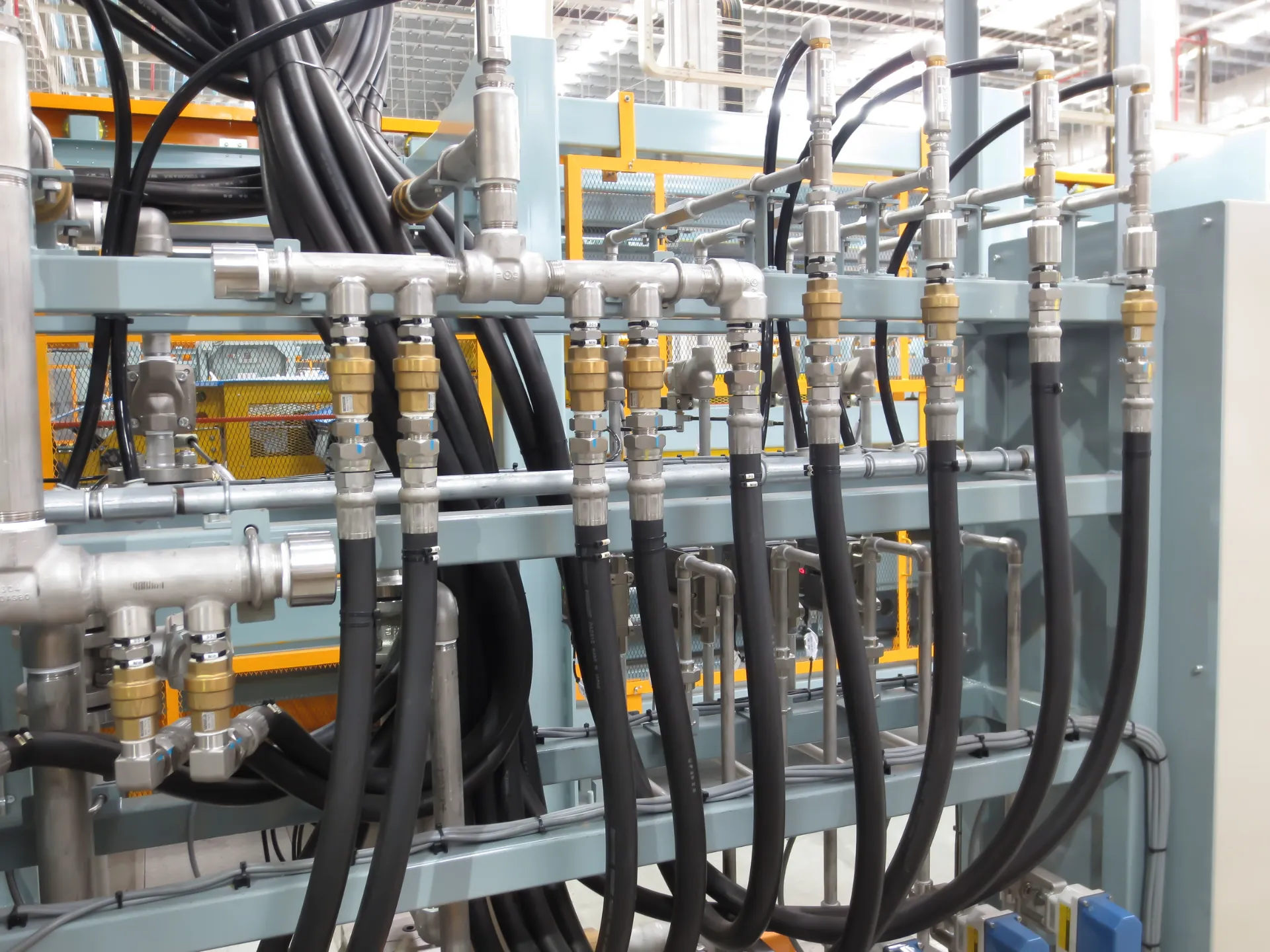1. Single-Stage Regulators These are designed to reduce gas pressure in one step. They are typically used in applications where the pressure variation is minimal, such as in smaller residential setups.



